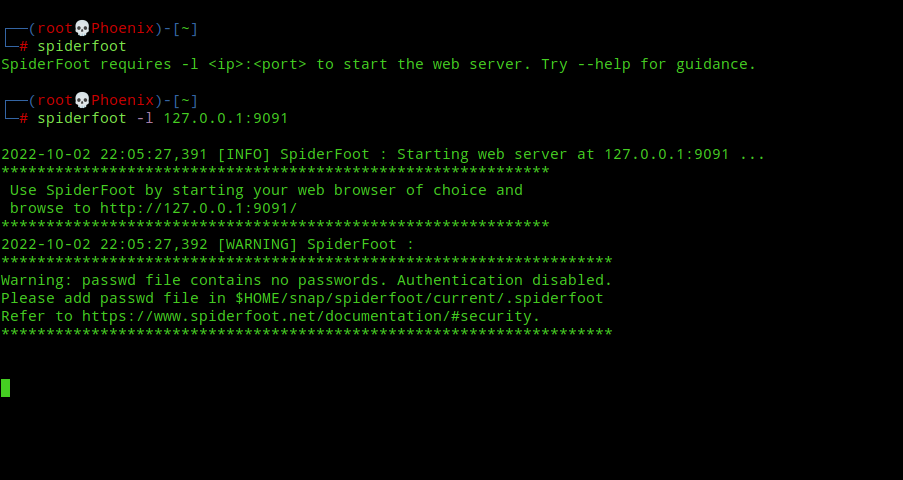

- #Nomachine for raspberry pi install
- #Nomachine for raspberry pi drivers
- #Nomachine for raspberry pi driver
It looks like it’s not loading any graphics driver right now. Message: Advanced graphics data unavailable in console for root. I’m concerned about this output from inxi -Fazy: Graphics:ĭevice-1: bcm2711-vc5 driver: vc4_drm v: N/A bus ID: N/A chip ID: brcm:gpuĭevice-2: bcm2711-hdmi0 driver: N/A bus ID: N/A chip ID: brcm:socĭevice-3: bcm2711-hdmi1 driver: N/A bus ID: N/A chip ID: brcm:socĭisplay: server: X.org 1.20.10 driver: N/A note: display driver n/a The Pi does not use an Intel, AMD, or Nvidia graphics subsystem. It’s just enough to get the Xorg server to think there’s something plugged in and start up. The only driver I have installed at the moment, since I don’t actually have a monitor plugged in, is the dummy video driver. There’s no mwhd, for one thing, which makes a lot of the wiki’s hardware troubleshooting guides kind of sketch for this kind of install. Make sure you redownload the newest version and not use the one in cache just in case. Then reinstall nomachine (I use yay, or whatever you’re using to get aur files). Then just to be sure you don’t have any messed up config files anywhere complete remove nomachine: sudo pacman -Rsn nomachine This really helped me with screen tearing.

For modesetting just put this in the file and save. If you need modesetting and have an Intel chip then you can go to your /etc/X11/mhwd.d/ or /etc/X11/xorg.d/ (note sure which one is the right location, probably the xorg.d folder) and create a file nf.
#Nomachine for raspberry pi drivers
This should give you video-linux drivers mhwd -a pci free 0300Īlso you might want to make sure you don’t have any other display drivers installed. Right now for me it’s the only thing that really seems to work out of the box (nvidia not working for me, never tried it with the modesetting drivers from mhwd). If Xorg can’t start, LightDM doesn’t start, and so there’s nothing for XFCE to sit on.Īhh, I’ve never used arm version, does it come with the mhwd utility? If it’s anything like the regular version then you might try using the video-linux drivers. Xorg is failing to start, so it doesn’t surprise me it can’t start XFCE. I followed these directions, except I used the following command to try to start XFCE.ĭefaultDesktopCommand “dbus-launch -exit-with-session /usr/bin/startxfce4 &”ĪvailableSessionTypes unix-remote,unix-console,unix-default,unix-application,physical-desktop,shadow,unix-xsession-default To do so, edit the key PhysicalDisplays in /usr/NX/etc/node.cfg: DISPLAY :10 and it will ignore the existing X session on DISPLAY :0 (standard setup in Arch Linux) and start a new virtual session for the remotely connecting user.

However, it is possible to setup NoMachine to check only for a particular DISPLAY, e.g. This may be unwanted, because no other user may use the target computer locally at the same moment and because any person with physical access to the target computer can see on the physical display, what the remotely connected user is doing. In default setup, the Free edition of NoMachine connects the client directly to an existing X session on the remote computer, even if it runs the X Display Manager only. Separate NoMachine X session in parallel with existing X session for MATE desktop environment:ĭefaultDesktopCommand “/usr/bin/mate-session” To resolve this issue, edit the key DefaultDesktopCommand in /usr/NX/etc/node.cfg. This fails in Arch Linux (you get only a black screen) because an Xsession script does not exist. If no X server is running on the server, NoMachine starts its own X server (DISPLAY :0) and tries to run a /etc/X11/Xsession script to get the user into the default DE. Xorg does not see any displays to connect to, so it doesn’t start.The modesetting driver doesn’t load, as the system does not find any physical screens to connect to.
#Nomachine for raspberry pi install
TL DR 2: I know I could install the xf86 dummy driver and trick the machine into thinking there’s a physical device connected to get it to start Xorg, but the nomachine documentation indicates that should not be necessary, so I’d love to try to get it working as the developers apparently intended. TL DR: nomachine does not start its own Xorg server as its documentation indicates it is supposed to, thus LightDM never starts, thus XFCE cannot start, so there’s no desktop to connect to. It’s supposed to run in headless mode without any issue, but it appears to be unable to start Xorg, and therefore cannot start LightDM. I’m presently trying to get nomachine to work with no display plugged in. After starting this thread ( Remote Desktop Server: Best choice from official repo or AUR on Raspberry Pi 4 (4 GB RAM)? ), I installed nomachine from the AUR on 's recommendation, and had no issues with it while I also had a monitor plugged into the Pi.


 0 kommentar(er)
0 kommentar(er)
